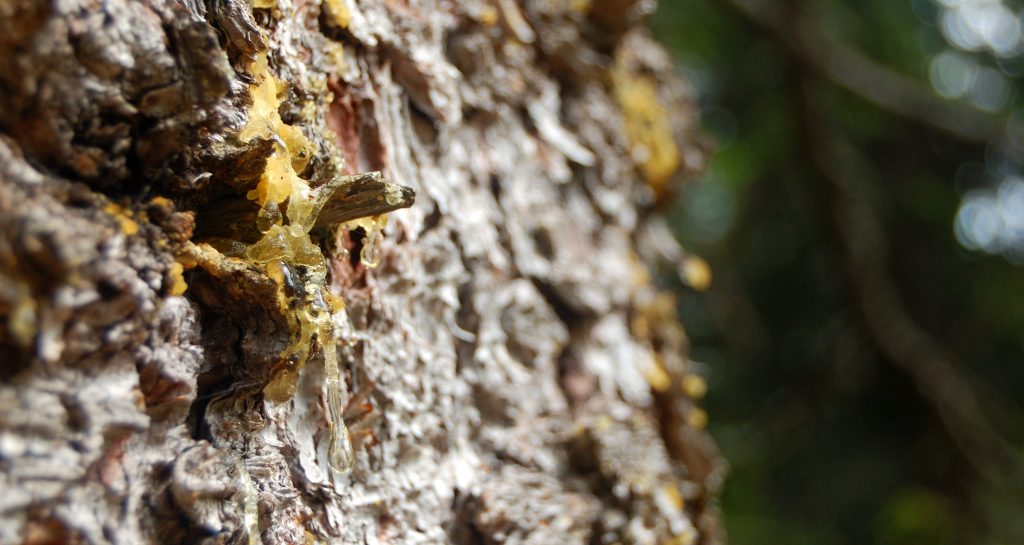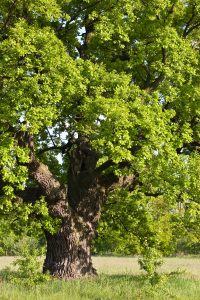There are several uses for pine resin, many of which date back to the beginning of mankind. Pine resin is a secretion that comes from Pine trees, also known as pitch. Secretion occurs when a pine tree experiences damage or wounds. In cut or open bark, pine trees will secrete their pitch to cover and protect the wound. As the air temperature drops, pine resin hardens, becoming a solid protective layer over tree cuts and abrasions. Continue reading to learn some great ways to take advantage of this incredible organic substance.
Medicinal Purposes
Native Americans used pine pitch for many medicinal purposes, all of which are still applicable alternatives for organic treatment in today’s society. For instance, pine resin kills bacteria. So you can apply it to open cuts and wounds to prevent bacteria growth and promote cleaner healing. For deeper cuts, pine resin can be applied to stop or slow the bleeding. Simply apply and reapply as needed!
Incendiary Purposes
Ancient man discovered early on that pine resin is highly flammable. Do not mistake pine sap for pine resin; they are two separate substances. As for pine resin, its combustible properties make fire-starting easier in damp or wet environments. Combining the resin with pieces of old tree bark can help build a fire, faster. Furthermore, pine resin is an organic alternative to candle wax. If you have a wick, you can make your own candle, thus giving you light! Common wick choices include cotton, wire or rope made from course fibers, or other organic fibers.
Adhesive Purposes
Pine resin, when melted down, becomes an excellent water-proof adhesive. You can use it to waterproof the soles of your shoes, fill in holes in boats and other containers, and much more. By heating it down and mixing with a little powdered charcoal, you can also use it as a standard adhesive or glue.
Edible Purposes
Native Americans would chew pine resin like we chew gum. Not only does this offer antibacterial properties, it can promote better joint comfort and reduce pain. If you have stomach or arthritis problems, you can steep pine resin in hot water and drink it like a tea!



